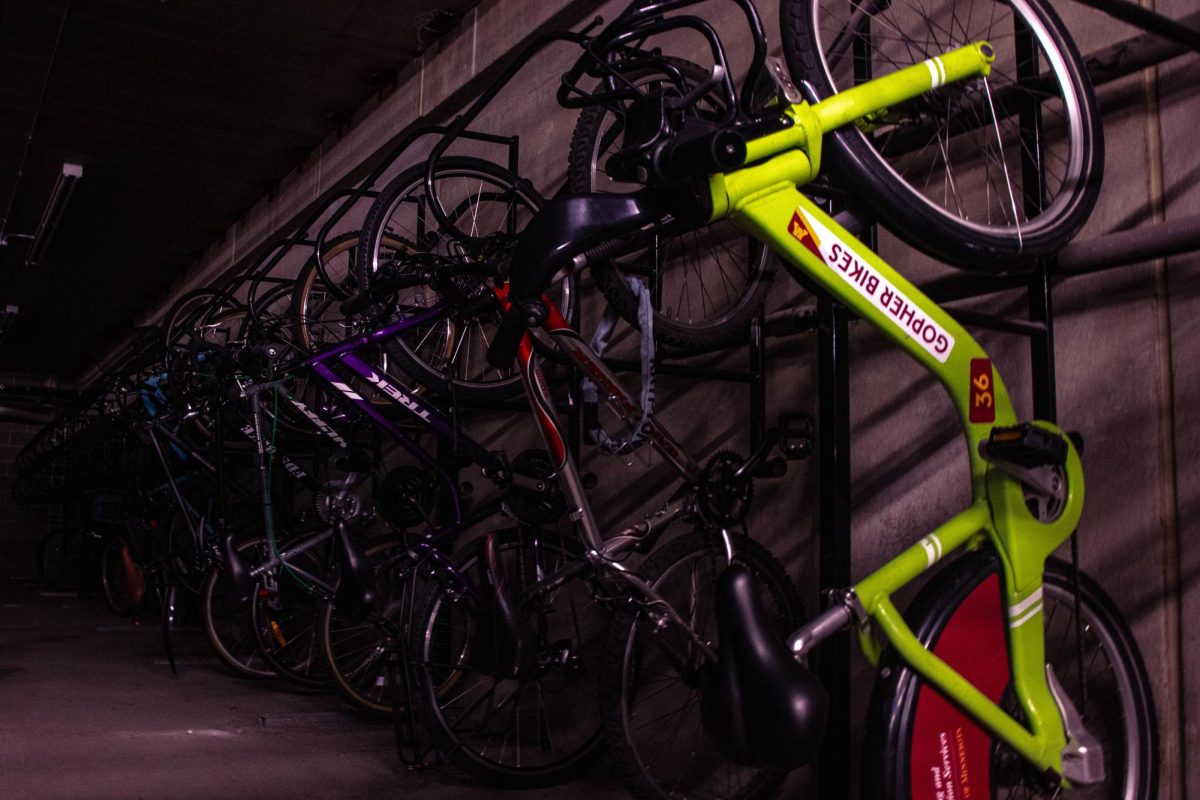Minneapolis and St. Paul were ranked in the top 10 for best cities to bike in, according to an annual rating by PeopleforBikes. Minneapolis took first and St. Paul took fourth in the large city category.
The Twin Cities scored highly based on protected bike lanes, safe speed limits, network connections, intersection treatments and trusted data, according to the website.
The large city category includes cities with populations of more than 300,000. Each city receives a City Ratings score from zero to 100 based on PeopleForBikes’ Bicycle Network Analysis. Minneapolis scored at 71 and St. Paul at 61. The average score for all cities in 2024 was 28.
“Minneapolis’ rating jumped from a 17 in 2020 to a 71 in 2024 due to the city’s efforts to reduce speed limits and construct safe, comfortable places to ride like those on Bryant Avenue South,” Senior Director of Local Innovation for PeopleForBikes’ Martina Haggerty said.
Hennepin County has different ongoing and future biking projects throughout Minneapolis, including on University Avenue and Fourth Street.
Hennepin County Bike and Pedestrian Coordinator Jordan Kocak said making biking and walking safer and more accessible is an idea he brings to projects. One example is creating separate bike lanes on roads to make bikers feel safer.
“The more of your network that is contiguous, uninterrupted, protected bike facilities, the more usable it becomes to more types of people who might consider biking,” Kocak said.
Switching roads from four to three lanes is another project from the past few years, Kocak said. Instead of having two lanes of traffic in each direction, a center left-turn lane with one lane in each direction and buffered bike lanes were created.
John Mark Lucas, the transportation programs manager for the University of Minnesota, said biking is not only important to the city but to the University as well. He added the University is a place where new biking strategies can be tested out.
The League of American Bicyclists website awarded the University platinum awards in both business and university categories.
Lucas said a new pilot program called Gopher Bikes allowed people to check out bikes through their residence halls for the past year.
Haggerty said Minneapolis has set a new standard for large U.S. cities, showcasing the power of combining safe speeds, protected bike lanes and network connectivity to create a bike-friendly city.
Angela Olson, deputy director of Bike MN, which provides lessons on how to ride a bike, said biking is important for the environment and our health.
“I think (biking) is a really important tool that’s really good for our bodies and for the environment,” Olson said. “It’s also less bearing on our infrastructure to last longer.”
Kocak said biking provides an alternative and limits students’ worries while using public transportation.
“It’s stressful enough being on campus and then having to worry about transportation is something that is unnecessary,” Kocak said. “And then, taking away the worry about transportation and giving you the health benefits as well, it’s a double win.”








